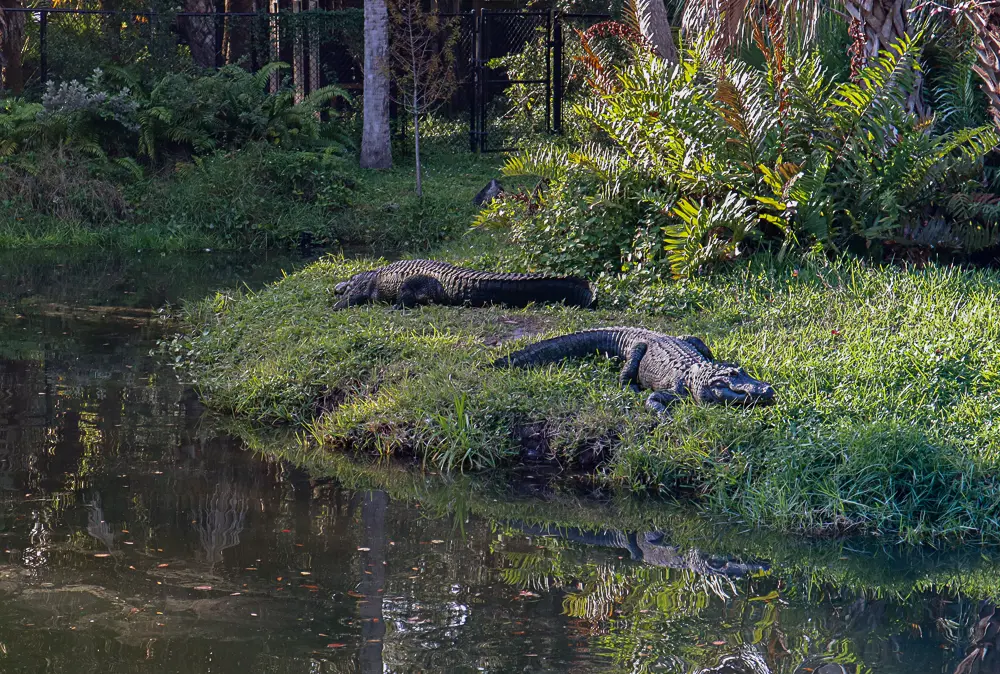by Amanda Rose Newton
The Floridian landscape is truly unique compared to the majority of the temperate United States. It’s what makes it so appealing as a vacation destination as well as home to so many diverse creatures, ranging from our famous alligator to the exotic roseate spoonbill.

The humidity and intense heat made Florida almost inhabitable before the invention of air conditioning, so those few brave enough to venture southward made their distinct mark on furthering our understanding of all Florida has to offer. In the early days, Florida was a swampy jungle that many felt was too dangerous to venture into.
That didn’t stop Catesby, an English naturalist responsible for publishing considerable works on the natural history of Florida, the Carolinas, and the Bahamas. An artist as well, his publication The Natural History of Carolina, Florida, and The Bahama Islands (1743) contained full-color plates of a variety of plants including many that are now endangered.
Andre Michaux (Mid 1700s-1802)
This French explorer was on a mission to replant forests throughout his native country with a hardy, heat-tolerant species. This brought him to our neck of the woods, and his book The Botany of the Northern Parts of British America featured his trek through Merritt Island and Cape Canaveral as he searched.

While he didn’t succeed in finding the perfect tree, he did fall in love with a curious tree that produced a large, stinky flower and tasty, custard-like fruit that we know as our native pawpaw (Asimina obovata).
Alvan Wentwood Chapman (1800s)
Wentwood was Georgia-born but loved Florida enough to make it his forever home in the mid-1800s. He published many books and was the first to speak of the differences in climates between the Apalachicola region vs. the Central or Southern parts of the states.
His floral phenology data turned out to be instrumental for today’s scientists to have a true understanding of the changes in climate relative to our home state.
John Kunkel Small (early 1900s)
Small is well known in the botanical world, but not often thought of when Florida comes to mind.
His doctoral research was based around flora in Florida and was the first to publish a comprehensive guide in 1929.
More impressive, he published a 2nd book titled From Eden to Sahara-Florida’s Tragedy which depicted how even then, plant diversity was declining across the state.

He further explained that draining of our wetlands to reduce mosquitoes meant losing a rich diversity of plants, from orchids to moisture-dependent trees.


